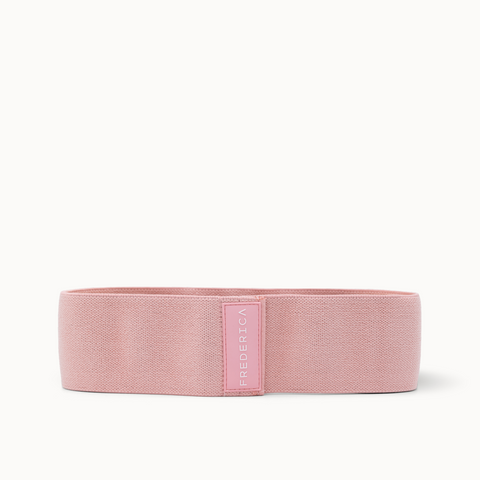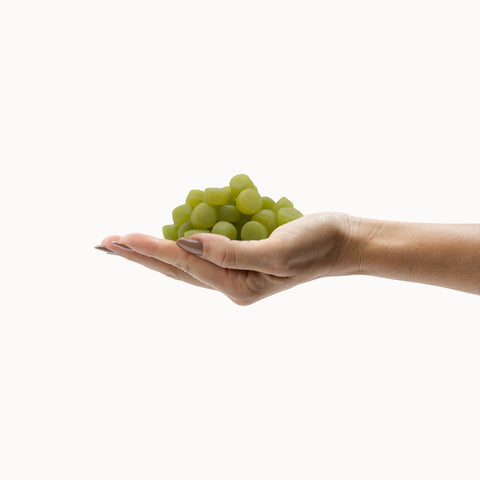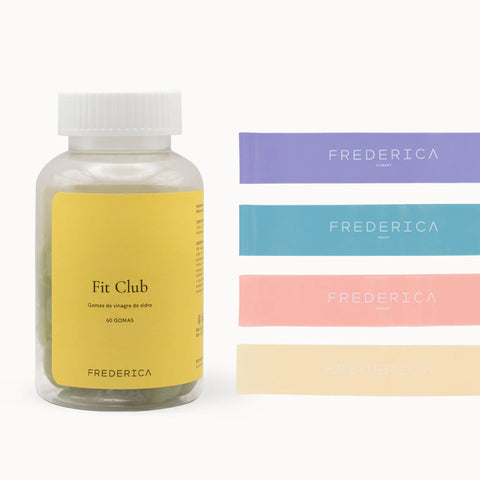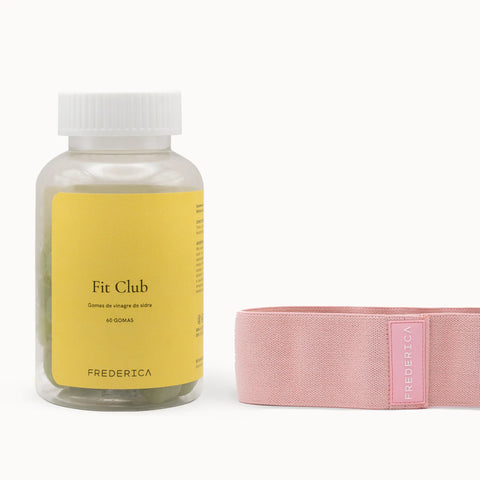In August last year, Frederica launched the third issue of its printed magazine, where Lillian Barros, nutritionist, explained that probiotics consisted of "microorganisms (good bacteria) that, when administered in adequate quantities, confer several benefits to our health" . The external environment – stress , pollution and diet – can alter the harmony of the concentrations of bacteria in our intestines. And inadequate nutrition, excessive work, lack of rest and environmental aggression are often responsible for these imbalances. Therefore, "its replacement is essential to be able to restore balance and general harmony", and to this end, we can look for these components in "fermented foods (yogurt, milk, sauerkraut, miso, kefir , kombucha, etc.) or in supplements".
In the words of the nutrition specialist, "each individual has a unique microbiota, which is made up of billions of microscopic organisms that live in the body. And depending on each person's lifestyle and diet, the various populations of bacteria can be in greater or lesser amount, influencing the functioning of our body and our health". The fact is that, in recent times, the central topic of nutritional conversations is not just limited to probiotics — there are also prebiotics and postbiotics. But, after all, what distinguishes the three?
In an article published in 2020, GQ Brasil interviewed two pharmacists — Dr. Cláudia Coral and Dr. Joyce Rodrigues —, where they clarify that "probiotics are live microorganisms that have the ability to rebalance the intestinal microbiome"; that "postbiotics are products of the metabolism of these probiotics which, due to their bioactivity, can imitate the beneficial effects of probiotics"; and that "prebiotics are substances that serve as food for microorganisms, positively influencing their development (functioning as food for good bacteria)".
Simply put, there is a symbiotic relationship between them all: prebiotics precede probiotics, which precede postbiotics. Postbiotics, in turn, promote the use of prebiotics. "They can be consumed in the form of foods rich in fiber or in the form of supplementation with purified prebiotic fiber." The association of different probiotics can also bring us countless benefits, enabling, for example, the production of specific neurotransmitters capable of making us more relaxed in moments of greater tension.
Benefits of postbiotics for the skin
According to Joyce Rodrigues, "the post-biotic acts to cleanse the skin, as it is highly beneficial for the balance of the microbiome, responsible for regulating the human immune system, in inflammatory conditions, being able to alleviate this process as a whole". On the skin, the postbiotic "acts to boost the bacteria necessary to achieve the balance of the microbiota (a set of microorganisms that are naturally associated with certain tissues)". Through this balance, "it is possible to control problems such as acne, for example."
With regard to the health of the microbiota, "post-biotic is the most recent technology developed" with a view to "balancing the microorganisms existing in the skin", mentions Joyce Rodrigues to GQ Brasil, adding that "acne and skin blemishes reflect a reduction in antimicrobial protection and imbalance in the skin microbiota, and it is at this point that the postbiotic acts." In addition to cleaning the skin and removing bacteria that are not positive, it also "stimulates what each skin needs with the aim of balancing it". The result? A healthier appearance and greater control of inflammation.
In the same publication, Claudia Coral clarifies that "it is not possible to naturally increase the production of postbiotics, as postbiotics are a product of the metabolism of a microorganism. Through healthy eating, it is possible to improve intestinal health, but supplementation with prebiotics and probiotics it helps a lot, since we don't always eat well."
Antimicrobial properties
Both probiotics and postbiotics have the function of providing the intestine with an ecosystem that favors the growth of good bacteria, preventing the proliferation of infectious bacteria. The “replacement effect”, in coordination with the bacteria-fighting properties of postbiotics, helps fight certain infections.
Blood sugar reduction
A lack of balance in gut microbes has been shown to contribute to obesity and insulin resistance. One study revealed that a postbiotic bacterial component (MDP) alleviated glucose intolerance by increasing insulin sensitivity. Apparently, this postbiotic plays an important role in combating diabetes.
Sources of postbiotics
According to the Meridian Chiropractic Health Center — an American functional medicine center specializing in herbal medicine and specifically designed functional food programs — since postbiotics are a byproduct of probiotic fermentation, the direct source of postbiotics is probiotics. . Thus, foods that can help increase the concentration of postbiotics in the intestine are:
1. Yogurt;
2. Kefir ;
3. Sourdough Bread;
4. Soft cheeses;
5. Whey;
6. Pickles ;
7. Tempeh .
Postbiotics can also be produced and extracted in laboratories for therapeutic use, in addition to being administered through supplementation. Possibly, these live microorganisms will be the next promising component of improving dietary health. However, taking a supplement that is designed to increase postbiotic concentration will not translate into significant improvements in your health without making significant changes to your lifestyle. Choose foods rich in nutrients and light in calories, drink water and practice physical exercise, as only this set of actions will strengthen all objectives related to a healthier and more balanced life.

























